
Plásmata II: Ioannina
Human, strange, digital, metaphysical
DATES 16.06 —09.07.2023
VENUE Ioannina
TIME & DATE 16 June – 9 July 2023 – 18:00 – 00:00
Free entrance
Exhibition, concerts, workshops, discussions, and tours, for spectators of all ages.
A production of the Onassis Stegi
The largest exhibition of digital art in public space, 4 hours away from Athens by car.
Contemporary art, in conversation with the city of Ioannina. An exhibition plus concerts, workshops, discussions, and city tours – for people of all ages and free for everyone. An Onassis Stegi production.

From Pedion tou Areos to Ioannina, Plásmata II, the second edition of the Onassis Stegi digital art exhibition, returns in June 2023 to pose a series of critical questions: Can we speak on the digital without confining ourselves in the form imposed by screens? Can we talk about technology through the notions of the local and the mythical, nature, and tradition? Can technology become the trigger for granting a voice to those who do not have one? Can we dissolve the boundaries between the natural and the artificial and, at the same time, learn from both?
After Athens and Pedion tou Areos, where Plásmata captivated the Athenian public with more than 400,000 visitors, the exhibition travels to the historic city of Ioannina in June 2023.
Plásmata II is not just another exhibition but a total experience that ‘speaks’ about the digital through an array of installations, events, and organically allocated artworks that place emphasis on the body, interaction, and immersion. In Ioannina, we follow new itineraries and symbioses at the boundary of the city and Lake Pamvotida. We address supra-local issues through local expression; we derive knowledge from ecosystems; we become transformed and transform at our end; and we find time to look at ourselves and everybody around us, questioning the boundaries between nature, technology, and culture.
Plásmata ΙΙ: Ioannina invites us to wander through 29 different stations in the city. They urge us to follow a route along the border of the Castle and the lake, where the 19 works of the exhibition dominate the scenery, together with stories that characterize 10 distinct, and at times secret, landmarks of Ioannina. These 29 stations remain intrinsically entwined with the environment of the city and become the springboard for discovering several visible or invisible details, existing elements, crevices, urban mythologies, and non-human organisms that converse with the works, Ioannina and, above all, our own selves and our very future.
Running from June 16 to July 9, Plásmata II comprises a large exhibition of digital works by Greek and international artists on the city’s lakeside route, as well as concerts and DJ sets, workshops, discussions, educational programs, guided tours, and Movement Radio, Stegi’s 24-hour online radio station that compiles a deeply local, and therefore genuinely global, program. In Ioannina, Plásmata proposes new itineraries and symbioses at the boundary of the city and Lake Pamvotida, broadening the dialogue between the material and immaterial, the center and the periphery, the past and the future. Plásmata invites us not to see the artworks of the exhibition merely, but also to stop at 29 spots along the exhibition’s route and discover the natural objects and sculptures already in place there, to observe our city briefly and, ultimately, our very selves, to seek our origins, and dream on our future.
19 artworks by Greek and international artists, most of them new commissions, explore the advent and dissolution of the digital within an unprecedented materiality that dissipates into bodies, nature, and even our very thoughts, songs, and dreams. Works that heed the pulse of the city of Ioannina and introduce us to new Plásmata along a route that unfolds around the majestic Lake Pamvotida. There parade this year figures that transform before our astonished eyes, mushrooms that mutate day by day, sculptures that change colors and chant in human and non-human voices, initiating us into the “gianniotiki” silversmithing and embroidery, seeking how artificial intelligence may salvage tradition. Hybrid creatures speak the languages that compose the city’s palimpsest, revealing hydromancy as a means of emancipation for those voices that cannot be heard and materializing local traditions and customs. Full-bloomed forests inside terrariums, animals that have become extinct but are digitally restored to life, synthetic medusas born out of algorithmic dreams, and a body made from the women lost in the lake but forever belonging there invite us to lose ourselves among the forces of nature that remain primeval, potent, and indissoluble.
The birds of the lake and Mitsikeli are presented through the eyes of artificial intelligence, and the polyphonic laments of Epirus become, through an algorithmic treatment, the foundation for all of our songs, while a flag of flames placed at the lake’s border touches upon the issue of climate justice as a local and at the same time global case. The shelters beneath the Castle open to immerse us in a bath of sounds and images from the city and the lake’s bottom. A medusa with a digital head invites us to think about the issue of femicide, while a series of clay utensils in human size pose questions about the limits of the body, fragility, as well as the power of coexistence.
Participating artists: Entangled Others, Matthias Fritsch, John Gerrard, Alexandra Daisy Ginsberg, Nikomachi Karakostanoglou, Katerina Komianou, Christian Mio Loclair, Maria Louizou, Maenads, Matthew Niederhauser & Marc Da Costa, Afroditi Panagiotakou & Manolis Manousakis, Malvina Panagiotidi, Panos Sklavenitis, slow immediate, Stefania Strouza, Theo Triantafyllidis, Universal Everything, Maria Varela, WordMord
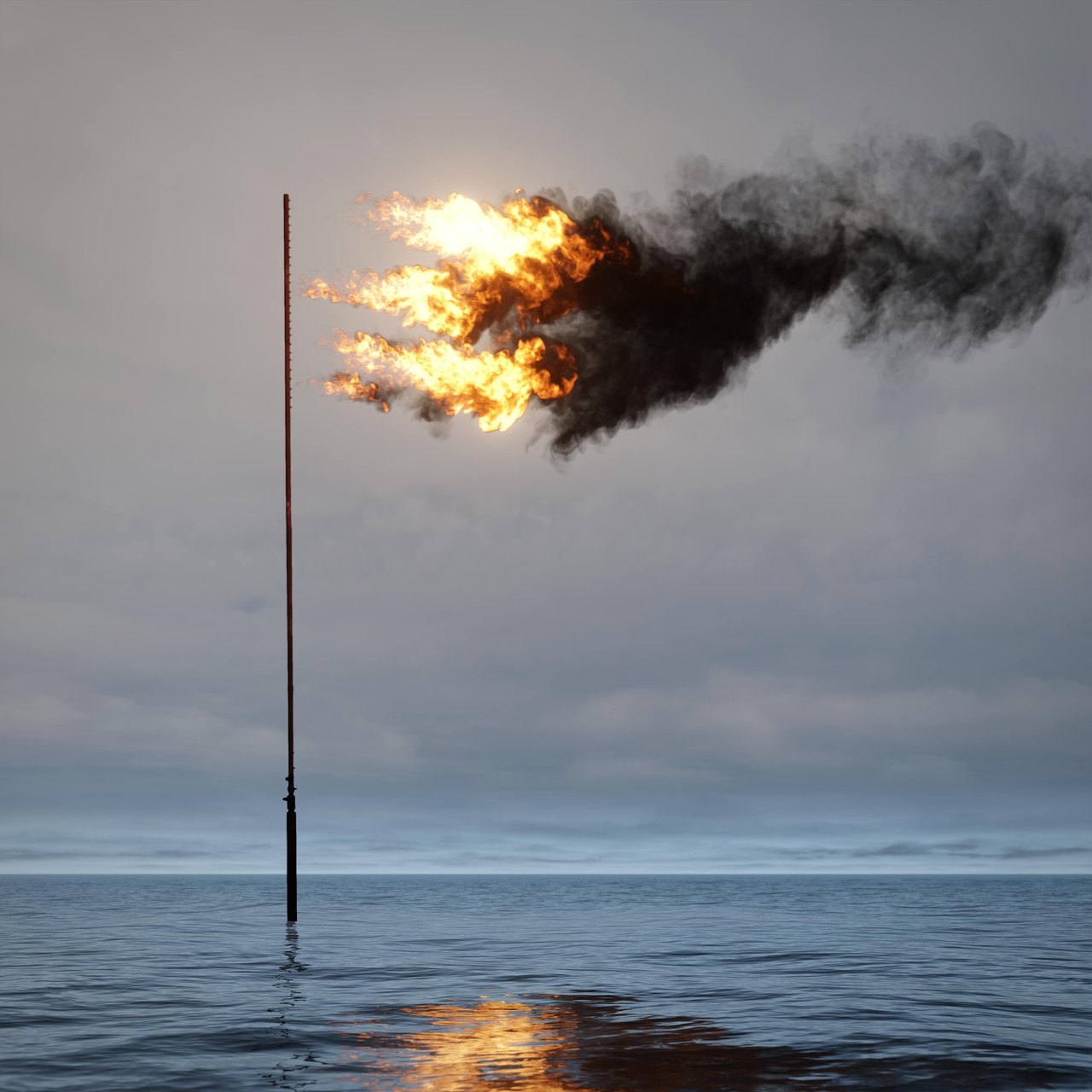
FLARE | JOHN GERRARD
Among the works, 11 new productions are presented, works created specifically for the lakeside area, in which the culture and the particular traits of the city and the natural environment of Ioannina have been taken into consideration. Urban myths and legends, traditional crafts, social rituals, linguistic idioms, and laments are further explored, recognizing and underscoring the significance of multiplicity, polyphony, and symbiosis. Habitats, ecosystems, as well as the lake itself from within its deep time, become the springboard for a discussion upon supra-local issues related to the planet’s sustainability. With different points of departure, the works reserve as a common denominator the emphasis on the role of diverse subjects and entities in the creation and re-creation of worlds founded on the recognition of interdependence and co-existence. In this framework, technologies, arts and crafts – yester and new – encounter their respective temporalities and the role played by the cultural context and the site itself.
Plásmata II: Ioannina is an exhibition about all the creatures claiming the place and time that gave birth to them, undermining the distinction between physical and artificial, nature and culture, as well duality and separations. Plásmata II suggests the conditions for unexpected encounters, ruptures across the walls of normality, and possibilities for molding a different world.
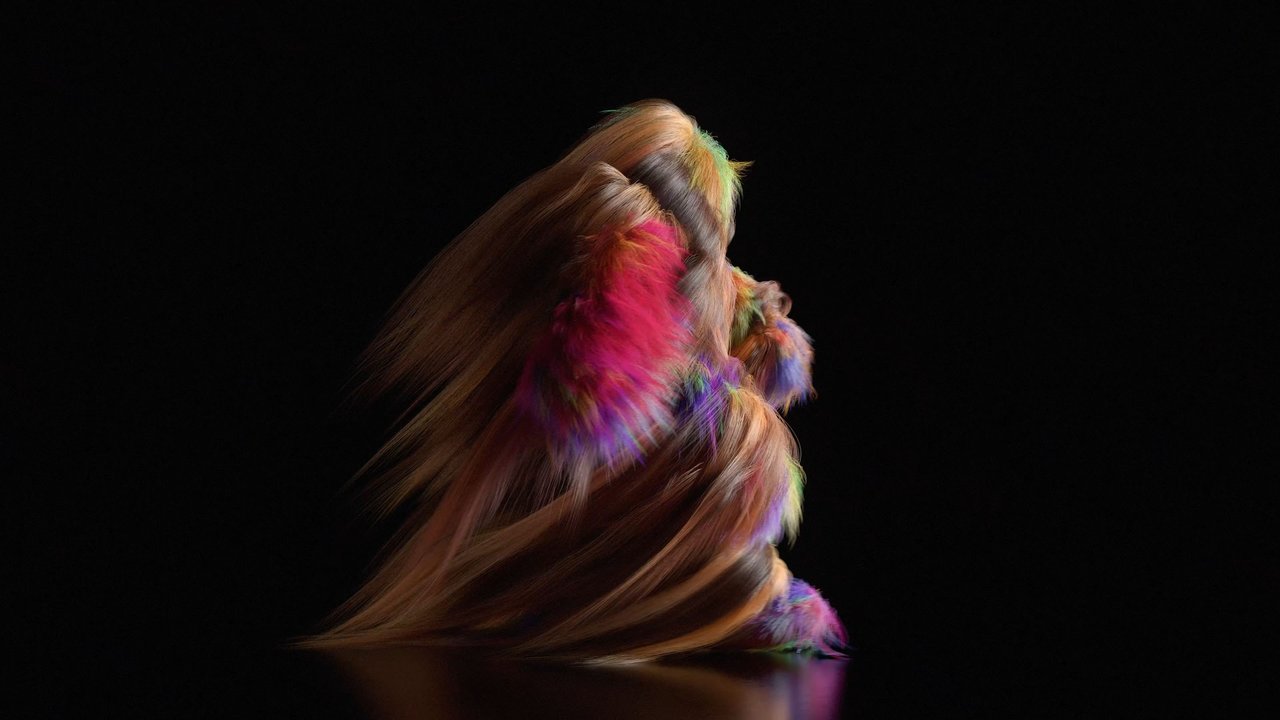
TRANSFIGURATION | UNIVERSAL EVERYTHING
WHY IN IOANNINA?
Ioannina, the historic city, cradle of scholars, benefactors, and artists – “first in arms, money, and letters,” as a couplet has it – with an almost rhizomatic political, linguistic, and religious history, is a place linked to the lake and the stone: a city that spans time and space through different networks of national benefactors; networks that embraced innovation and the free dissemination of knowledge; networks of different religious beliefs; and networks of people that transcended the urban fabric of the city, embracing the Balkans and Europe.
Ioannina has always been a supra-local fabric: this very special network that has developed around the lake becomes the catalyst in Plásmata II to start a new round of dialogue on public space and to question the constant challenge of ever-present technology in our lives. Technology is so commonplace in our daily lives and at the same time so alien and absurd. What can machine learning reveal to us about the deepest structures of tradition, about our laments, handicraft, and our very myths?
With Plásmata II we want to talk about the digital, not as something structured in shimmering LED screens and computer circuits, but as something organic that grows in the lake, that looks like the rain that never ceases, that exists in the forgotten shelters in the heart of the castle of Ioannina, the algae of Lake Pamvotida, and the plane trees across the lakeside route.
Ioannina gives us the opportunity to develop our thinking in four dimensions, to look at the depths and stratifications of a city that develops like a palimpsest, and that extends through the actions and movements of its people beyond the present time and finite place.
Artificial intelligence, digital networks, and massive accumulation of data comprise our new everyday life, in which the osmosis of the physical and digital constitutes our new reality. As technology develops a hegemonic presence through its various aspects, it gradually recedes from the forefront, leaving only traces behind; it is rendered invisible and, therefore, ever-present, claiming our time and space. Plásmata II invites us to seek ways to undermine its hegemonic status through the notions of the ordinary, the familiar, and at the same time unfamiliar, mythical, and liquid, that which surfaces in the locus of Ioannina and the very reason why Plásmata II are here.

In Ioannina, you realize that the way we perceive technology today, mainly as manifested in the ever-present digital networks and artificial intelligence, is the perpetual ritual by which its inhabitants have always lived together, forming networks that transcend the precise boundaries of the lake and the city.
These networks have been present in every historical period of Ioannina: in the Turkish occupation, in the Modern Greek Enlightenment and the national benefactors, in the mingling of the different religious communities, in the business potential of silversmithing, metallurgy, and animal husbandry, in their transit position in the Balkans, in Europe, but also migratory flows, in its clear pulse as an action field for students on the axis of new knowledge and innovation.
The exhibition is a production of Onassis Stegi.
Under the auspices of the Region of Epirus and the Municipality of Ioannina.

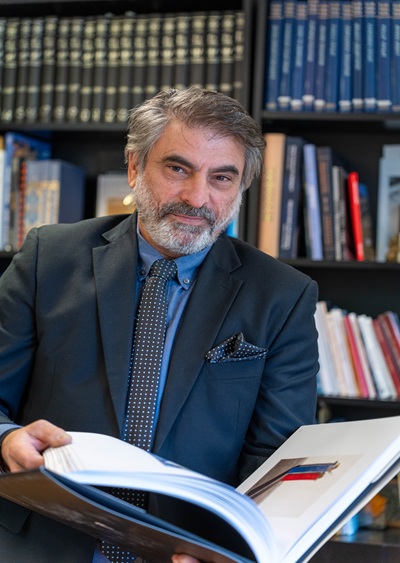
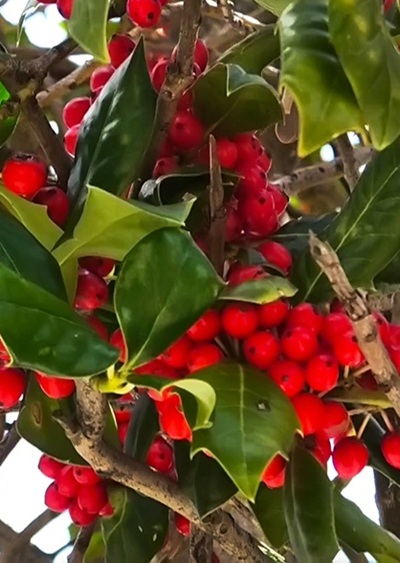
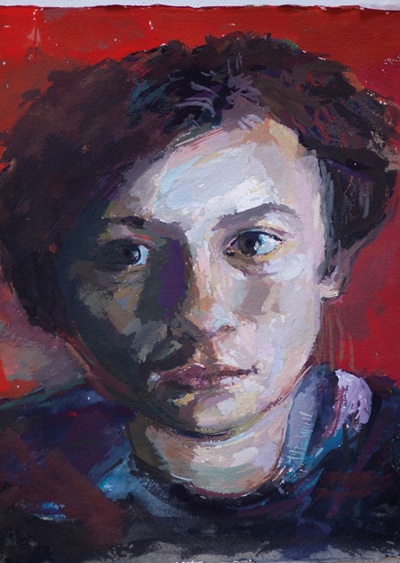



Leave A Comment